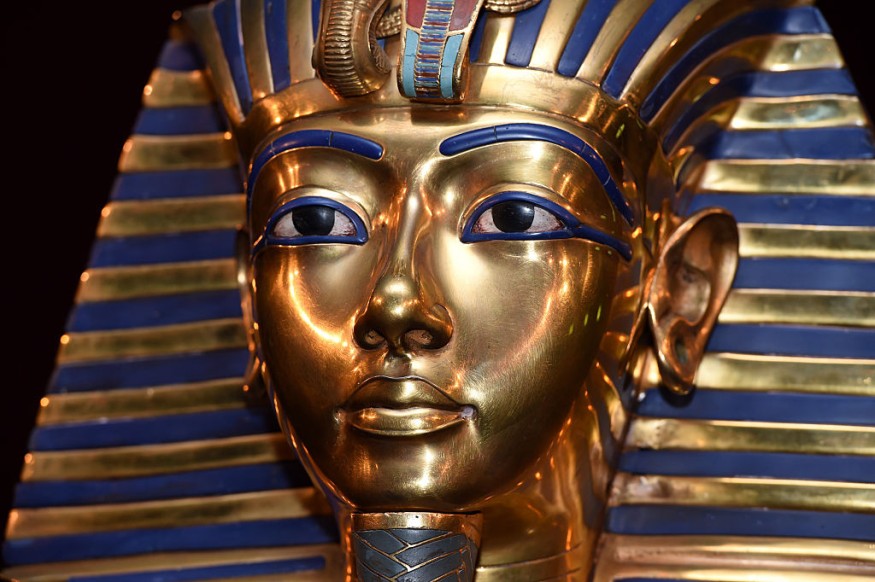For a long time, the prevailing belief was that Tutankhamun's death was a result of an open wound and his deteriorating condition due to malaria. However, Egyptologist Sofia Aziz has put forth a controversial alternative theory, suggesting that the Boy King might have actually died in a car crash while under the influence of alcohol.
Aziz, an accomplished independent researcher, believes that Tutankhamun, like any typical teenager, met his demise following a high-speed chariot accident after consuming wine. Aziz explained to BBC Science Focus that this catastrophic event caused severe fractures in his leg, which subsequently became infected and ultimately led to a slow and agonizing death.

The Mystery Behind King Tutankhamun's Death
A radiological examination conducted in 2010 aimed to determine the cause of Tutankhamun's death. The examination revealed that the young pharaoh, who passed away at the age of 19, had malaria and multiple disorders at the time of his death.
While previous studies suggested he had various conditions, such as Köhler disease and foot abnormalities, researchers now believe that a broken leg was the ultimate cause of his demise, although the exact circumstances leading to the fracture remain unclear.
Aziz, an independent researcher, challenges the previous theories and draws insights from the possessions found in Tutankhamun's tomb, MailOnline reported. Traditional beliefs suggested that these objects were practical for the afterlife, including seeds and fruit indicating medical treatment.
However, Aziz focuses on the presence of six chariots, armor, and a wine stash, suggesting that Tutankhamun was not disabled and instead used chariots as warrior king. She proposes that while driving, Tutankhamun crashed into the chariot's "dashboard," resulting in a life-threatening wound.
According to Aziz, Tutankhamun's clubbed foot was not a contributing factor but rather a distortion caused during the mummification process.
While Aziz's views challenge the prevailing theories, Professor Albert Zink, a contributor to the 2010 study, maintains the validity of its findings. He acknowledges the foot deformity and bone necrosis observed in Tutankhamun's CT scans, supporting the notion of walking impairment.
Professor Zink, however, cannot rule out the possibility of Tutankhamun being killed while riding a chariot, but the acute stage of bone necrosis raises doubts about his ability to stand on a chariot. The exact cause of Tutankhamun's leg fracture remains speculative and inconclusive.
Inconclusive Evidence
During the Cheltenham Science Festival, Aziz expressed her belief that there is no evidence of Tutankhamun being disabled. As per the Daily Express, Aziz believes that the walking sticks in the pharaoh's tomb should be regarded as a symbol of royalty rather than an indication of disability.
She argues that Tutankhamun's well-aligned legs and the absence of evidence in the long bones contradict the notion of a deformity, such as a club foot. However, Aziz acknowledges that the available evidence is inconclusive, and without further discoveries, the exact cause of Tutankhamun's death may never be known.
Aziz also mentioned the possibility of finding more answers about Tutankhamun's death through the examination of his internal organs. However, she suggests that until such discoveries are made, it is unlikely that more information will come to light.
The discovery of Tutankhamun's tomb by Howard Carter in 1922 revealed a wealth of treasures. British Egyptologist Nicholas Reeves has proposed the idea that there may still be hidden chambers within the tomb, suggesting that Tutankhamun's burial chamber might serve as an entrance to a resting place intended for another pharaoh.
RELATED ARTICLE: How Did King Tutankhamun Look Like? Scientists Perform Incredible Facial Reconstruction of the Egyptian Pharaoh
Check out more news and information on Ancient Egypt in Science Times.












